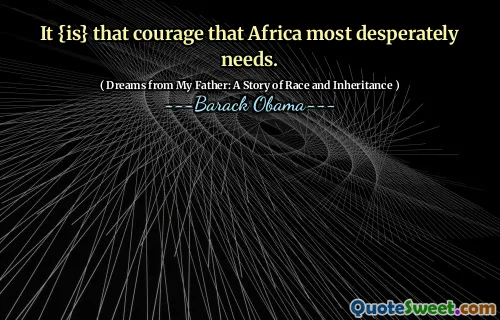
Upper-class parents enable their kids to form weak ties by exposing them more often to organized activities, professionals, and other adults. Working-class children, on the other hand, are more likely to interact regularly only with kin and neighborhood children, which limits their formation of valuable weak ties.
This quote highlights a significant aspect of social capital development and how socioeconomic backgrounds influence opportunities for children to build diverse social networks. The concept of 'weak ties,' introduced by sociologist Mark Granovetter, emphasizes that connections with acquaintances and individuals outside one's immediate circles can be instrumental in accessing new information, opportunities, and resources. The assertion that upper-class parents deliberately expose their children to organized activities, professionals, and other adults aligns with the idea that they are actively cultivating a broad web of weak ties that can serve their children's future success.
Conversely, children from working-class backgrounds tend to have more insular social interactions, limited mostly to family members and neighborhood peers. While these relationships are undoubtedly valuable for emotional support and local integration, they might restrict access to broader networks that could provide diverse opportunities. This difference can perpetuate socioeconomic gaps, as children with more diverse networks are often better positioned to access prestigious education, job opportunities, and cultural capital.
This dynamic raises important questions about social mobility and equality. If children from higher socioeconomic origins are systematically acquiring more expansive and diverse networks, then structural disparities can become entrenched over generations. Recognizing these patterns is vital for policymakers and educators aiming to develop more equitable programs that help all children build diverse social ties. Encouraging participation in extracurricular activities, community projects, and mentorship programs may help bridge the gap and provide working-class children with similar opportunities to develop broad social capital that can benefit them throughout their lives.
Overall, the quote underscores the importance of social network diversity in shaping life chances and reflects on the ways class influences the social experiences of children, which can have lasting effects on societal stratification.





